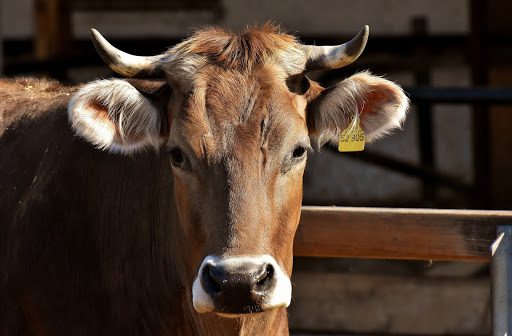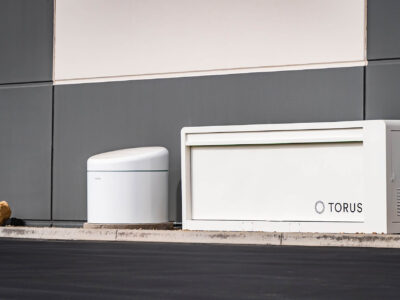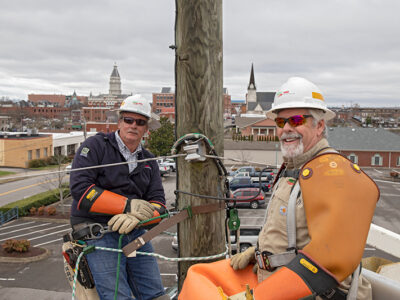Trash. Waste. Discarded items. As the world puzzles over what to do with the endless buildup in landfills, scientists and investors are turning to the emerging biogas industry as a solution for reducing the mounds of organic waste that contribute significantly to global emissions annually.
Throughout the hundreds of facilities worldwide that convert food waste into usable energy, the most common method that is used for this purpose is by way of anaerobic digestion. Without requiring a large-scale operation, anaerobic digestion is a way for producers to efficiently convert their leftover food waste and accumulated fats and oils into biogas–fuel that can be used to power the very same businesses that produced it. This is an exciting prospect for sustainability initiatives, as the same process can be applied to a wide variety of waste – including manure, crop residue, brewery waste and even wastewater biosolids – which are generally composed of municipal sewage and sludge.
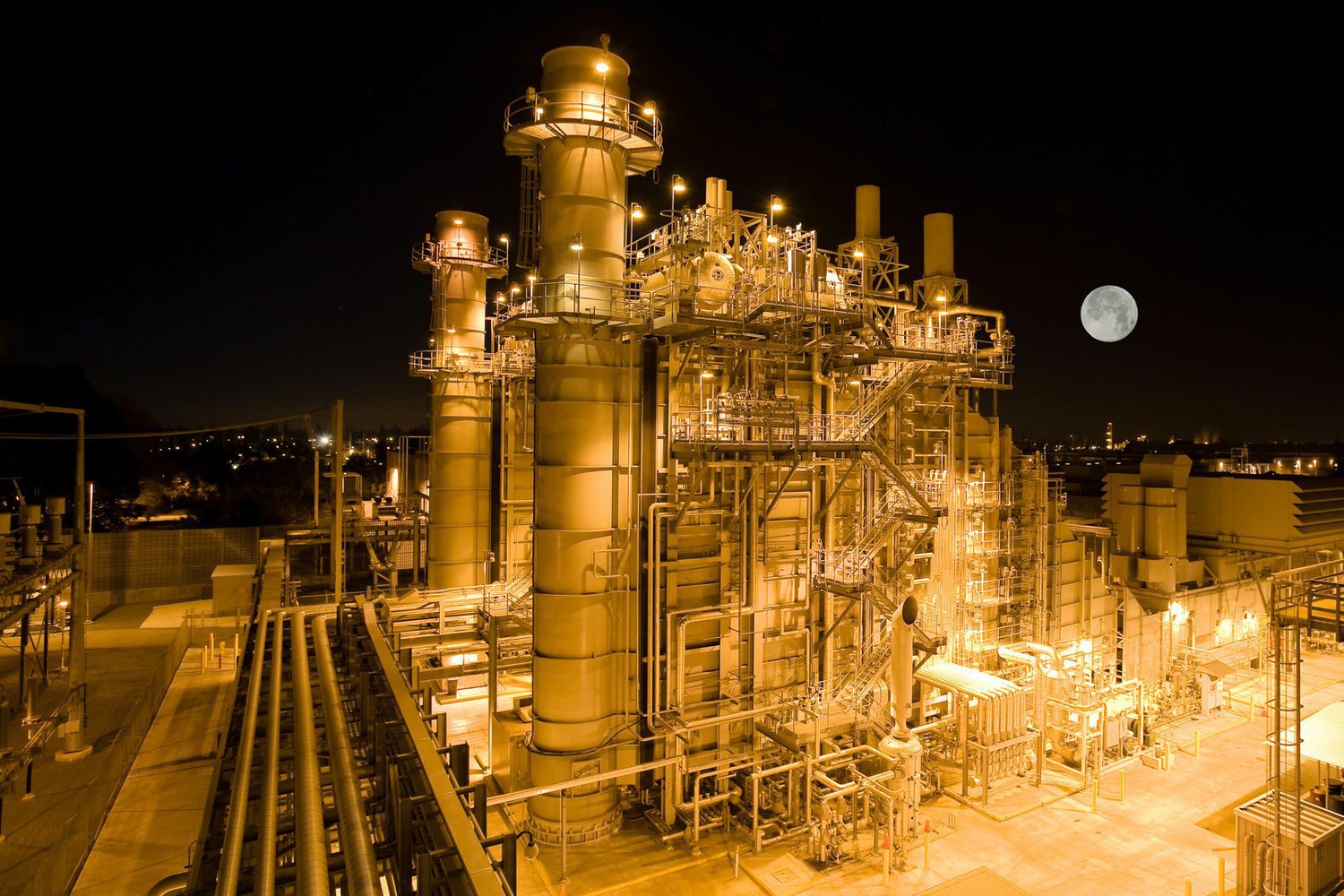
The key component in the anaerobic digestion process is the microorganisms. Food producers put their waste into a tank filled with these microorganisms, most of which being acidogenic bacteria. This bacteria then works to digest the organic waste, converting it into a mixture of gases, mainly methane and carbon dioxide. These gases, along with hydrogen sulfide and water vapor, make up what is called biogas, which is the main energy output of the process. This raw form of biogas can then be used for a variety of needs, including generating heat and electricity. What is truly special about biogas is that it can then be further refined, a process that filters out the excess carbon dioxide, hydrogen sulfide and water vapor, leaving methane as a renewable natural gas (RNG). This RNG can be used as a sustainable energy source for a host of uses in the transportation and natural gas sectors.
In addition to biogas, there is a secondary component produced as a result of the anaerobic digestion process called digestate. As a byproduct that is leftover from the micro-organisms, digestate exists in both solid and liquid forms. Like biogas, digestate can be repurposed for several uses. While generally separate, both liquid and solid digestate can be used as a nutrient-heavy fertilizer. Solid digestate can also be converted into animal bedding, a foundational material for products like bioplastics and highly organic compost.
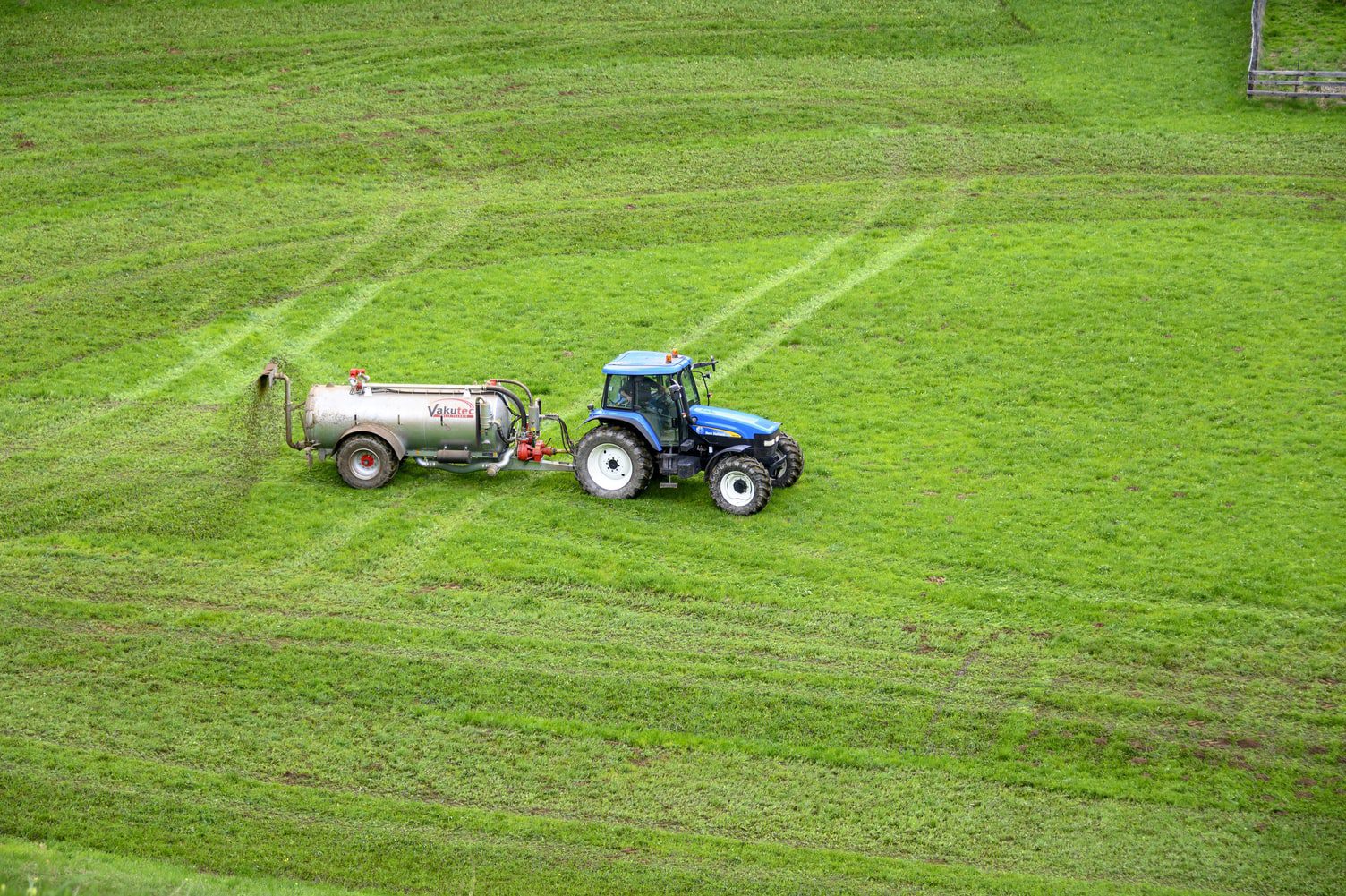
Although anaerobic digestion operations are useful for a wide variety of businesses involved in food waste, it is generally the farmers who benefit the most from constructing larger waste-to-energy facilities. One of the more obvious reasons for this is that farms are the places where the nation’s food is generated, and thus have the most organic waste to dispose of in the form of manure and crop residue. While that manure will still be converted into fertilizer like before, the biogas can be harnessed and sold, providing an additional diversified income stream for farmers beyond crop and livestock production. Farmers could also choose to charge fees to other producers of organic waste who themselves don’t have the infrastructure to support an anaerobic digestion system.
All over America, farmers have been thinking of innovative new ways to utilize their waste once it has been repurposed from anaerobic digesters. One of the most inspiring success stories is Freund’s Farm, a dairy farm operating in Connecticut. A third-generation family business, the Freunds have created the CowPot as part of an effort to make the farm as sustainable as possible. The CowPot is constructed from solid digestate that comes as a byproduct of manure anaerobic digestion – it’s fully biodegradable. Coming in 12 different sizes, millions of these nifty inventions have now been sold worldwide. The family operation has since received widespread recognition for their work, including the New England Green Pastures Program’s “Outstanding Dairy Farm of the Year” award and a feature on Discovery’s hit show Dirty Jobs.
Other farms across the nation have found their own uses for animal waste. In Bridport, Vermont, Audet’s Blue Spruce Farm uses an anaerobic digester for a wide variety of products. The manure from their cows is converted first into biogas, which is then converted into enough energy to power 300 homes. The leftover manure byproduct is then put through a 21-day cycle, which softens the present plant fibers to a level resembling peat moss and is used as cow bedding. Finally, the remaining liquid digestate is used as a nutrient-heavy fertilizer which is applied to their fields with an aerator. Nicknamed “Cow Power,” the operation is something touted by Blue Spruce as worth doing for any farm, no matter the size.
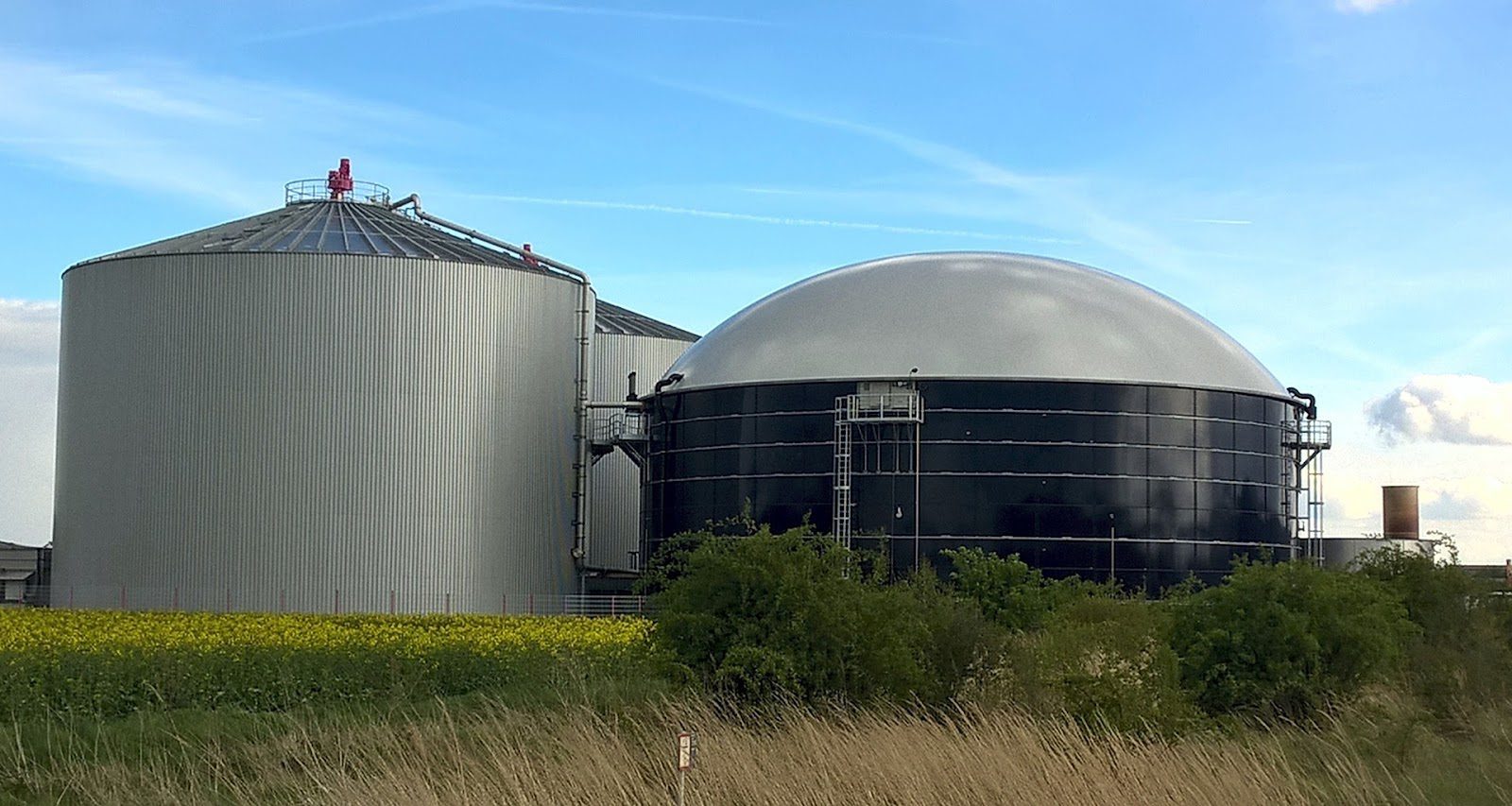
The growing prevalence of anaerobic digesters in the nation’s farms and elsewhere will continue to make waves in the food and farm industries as the world begins to seriously trend in a direction increasingly focused on sustainability. The anaerobic digestion market in North America will probably remain the leader as there’s renewed federal emphasis on clean business practices, particularly with the Environmental Protection Agency’s efforts to lead a nationwide adoption of such practices. Still, there is room to grow as emerging industry figures show the global anaerobic digestion market is expected to be worth over $16 billion by 2026, up from $6.5 billion in 2017.

